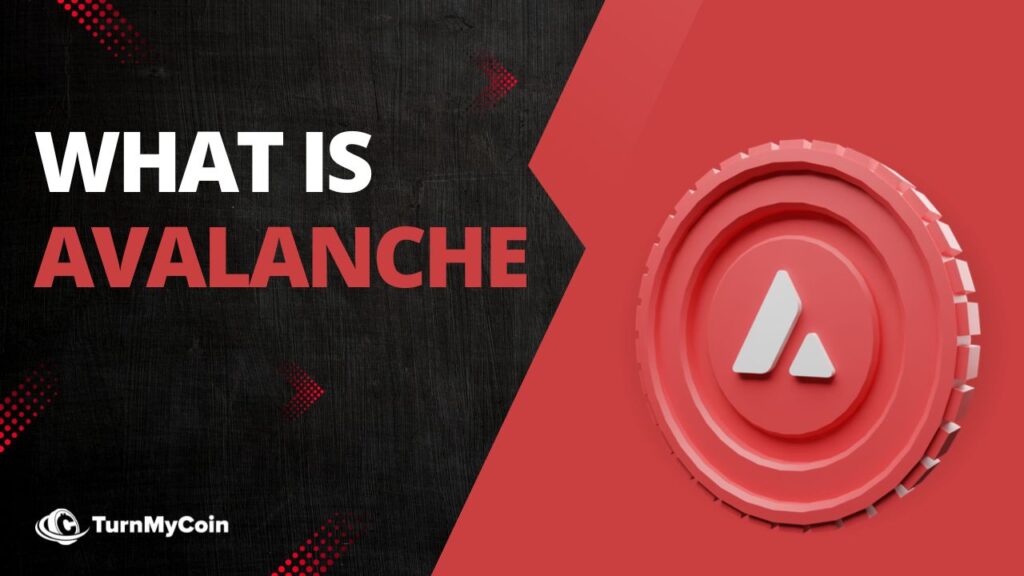Last updated on May 8th, 2024 at 09:17 am
Introduction
Avalanche is a blockchain platform that uses a unique method called Proof of Stake (PoS) to solve the blockchain trilemma of:
- Scalability,
- Security, and
- Decentralisation.
Like Ethereum, the Avalanche blockchain can run decentralized applications (dApps) with the help of smart contracts.
Since Avalanche Blockchain’s smart contracts are written in the same Solidity language that Ethereum uses, it wants to improve blockchain interoperability by connecting several decentralized finance (DeFi) ecosystems, such as Aave and Curve.
AVAX, the platform’s native token, transacts in its ecosystem. AVAX is the way to get system rewards, have a say in how the system is run, and pay for transactions on the network.
1. Who created Avalanche?
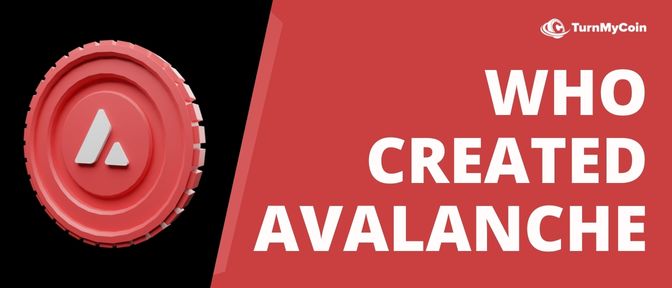
In May 2018, a group of software developers called “Team Rocket” published an article explaining how the Avalanche protocol works. Soon after, Emin Gün Sirer started AVA Labs to make the Avalanche crypto and improve it.
Sirer is a professor of computer science at Cornell University. He was a well-known member of the Initiative for Cryptocurrencies and Contracts (IC3). In 2003, he also made Karma, a Proof of Work virtual currency for peer-to-peer file-sharing systems that came before Bitcoin.
In July 2020, Avalanche Crypto raised $42 million through an ICO, and it has continued to get large investments since then. A year later in July 2021, the Avalanche Foundation held a token sale of $230 million. Large VC firms like Polychain and Three Arrows Capital were among the participants.
2. How does Avalanche Blockchain work?
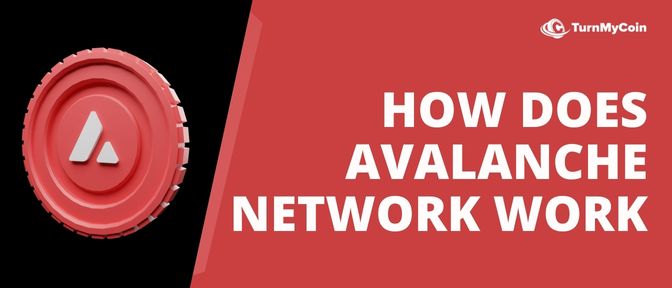
Even though the Avalanche Crypto platform is complicated, it is different from other blockchain projects in three main ways:
- Consensus mechanism,
- Use of subnetworks, and
- Use of more than one built-in blockchain.
2.1 Avalanche Blockchain Consensus
For a blockchain network to validate transactions and maintain security, it needs a protocol that lets its nodes agree or reach a consensus. Proof of Work (PoW) Vs Proof of Stake (PoS) has been the main topic of debate in the cryptocurrency community as the best way to reach an agreement.
However, there are a lot of other consensus mechanisms that are now being used. Here is a list of other popular consensuses.
Avalanche Crypto uses a new way to reach a consensus that builds on PoS. When a user starts a transaction, it is sent to a validator node, which checks with a small, random set of other validators to see if they agree. The validators repeat the sampling process and “gossip” with each other until they agree.
So, the message from one validator is sent to other validators, which forward samples to even more validators, and so on until the whole system agrees on a result. Just like one snowflake can turn into a snowball, one transaction can become an avalanche over time.
Validator rewards depend on how long a node has staked its tokens, called Proof of Uptime, and on whether or not the node has always followed the software’s rules, which is called Proof of Correctness.
2.2 Subnetworks
Users of Avalanche Crypto can start special chains that can follow their own rules. This system is like Polkadot’s parachains and Ethereum 2.0’s shards, which are also ways to make blockchains bigger.
Subnetworks, or “subnets,” are groups of nodes that work together to validate certain blockchains and reach a consensus. All subnet validators must also check the Primary Network of Avalanche.
2.3 Built-in Blockchains
Avalanche Crypto is made with three different blockchains because the blockchain trilemma has three problems that need to be solved. Digital assets can be moved along each of these chains to do different things in the ecosystem.
Assets are created and traded on the Exchange Chain (X-Chain), the default blockchain. This includes AVAX cryptocurrency, the Avalanche token.
Smart contracts can be made and carried out with the help of the Contract Chain (C-Chain). Avalanche’s smart contracts can use cross-chain interoperability because they are built on the Ethereum Virtual Machine.
The Platform Chain (P-Chain) ensures that validators work together and lets subnets be created and managed.
3. Why does AVAX Cryptocurrency (native token) has value?
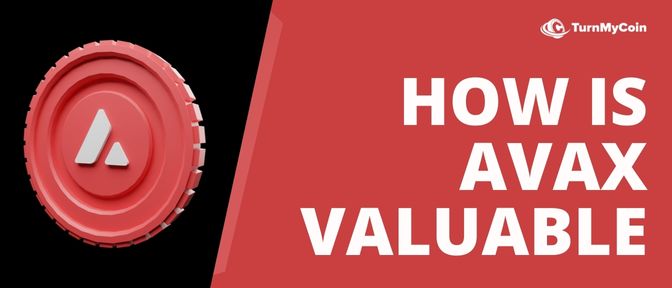
Like many other cryptocurrencies, Avalanche Crypto has a 720 million AVAX tokens limit. About half of these were made and given out when Avalanche launched in 2020. The rest of the tokens will be made as rewards for staking during the minting process.
The rewards of validators are based on Proof of Uptime and Proof of Correctness hence staking AVAX Cryptocurrency is highly incentivized. This creates a system where the amount of AVAX in circulation stays relatively low, even when demand for the token is high.
Also, unlike other blockchains like Bitcoin and Ethereum, validators of the Avalanche network do not get paid fees. All fees are burned instead. This makes AVAX cryptocurrency even harder to get, but the process of minting them tries to make up for it.
4. Avalanches History
When the Bitcoin blockchain came out in 2009, it made it possible for other blockchains, like Ethereum, to be designed and made. With the widespread use of non-fungible tokens (NFTs) and decentralized finance (DeFi) protocols, however, the original blockchain design’s technical flaws became more clear.
Proof-of-work (PoW) consensus, which is used to validate Bitcoin transactions, makes decentralization less likely because it uses a lot of resources. Also, transactions tend to take longer.
Most Ethereum apps today use solutions for layer-2 scaling to deal with these problems. Using layer 2 takes transactions off of the main chain. Then, they are put into neat “bundles” that are sent back to the Ethereum chain. This takes some of the pressure off of Ethereum.
Even though this solution works, it adds more complexity to the network and leaves it open to some security threats. So, how can a blockchain keep everything within a layer-1 protocol that is decentralized, scalable, and secure?
The founders of Avalanche v, Ava Labs, came up with a brilliant three-blockchain solution to blockchain’s biggest problems. Ava Labs US launched the Avalanche blockchain in September 2020. We will discuss this next.
5. What problems does Avalanche (AVAX) solve?
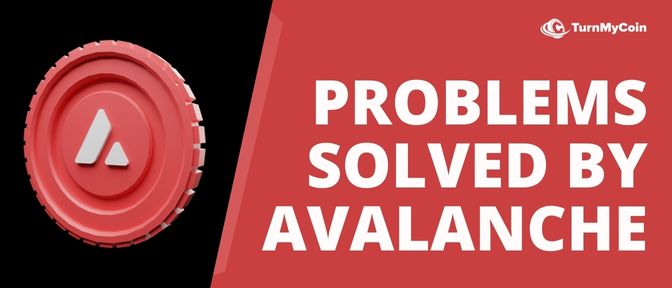
As we’ve already said, AVAX blockchain was made to solve many of the problems that blockchain networks usually have. By giving people an alternative to networks like Ethereum, platforms like Avalanche work to stop the crypto space from becoming too centralized.
Two of the most important things that Avalanche talks about are:
5.1 Congestion
Avalanche Crypto was made with the ability to grow in mind. It has transaction times that are just as fast as those of top payment processors like PayPal and VISA.
Avalanche Crypto is also very powerful and efficient. It can handle up to 6,500 transactions per second with a finality time of less than a second. This is a huge improvement over Ethereum, which could only handle a small number of transactions per second.
5.2 Low costs
Many people think of Avalanche as a competitor to Ethereum. In terms of gas fees, Avalanche also beats Ethereum. The fees on Avalanche are much lower than those on Ethereum.
Fees on the network are used for things like creating and minting assets, staking, transaction fees, and creating the blockchain. After these things are done, the fees are burned, which reduces the number of AVAX cryptocurrency in the platform for good.
Used fees are burned because “$AVAX is a scarce asset with a hard limit that is used to pay fees and keep the network safe.” Avalanche tweeted about it. You can check Burned AVAX at burnedavax.com.
6. How does AVAX token work?
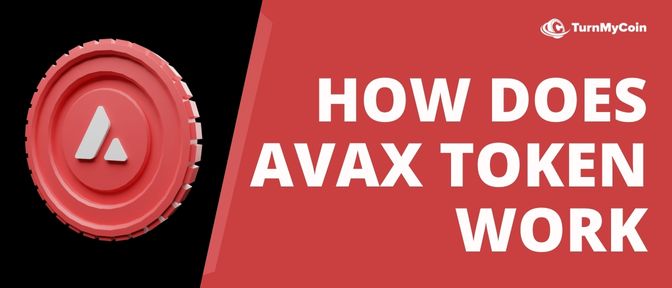
AVAX is the native token of Avalanche. Its owners call it the “red coin,” and there will never be more than 720 million of them.
On the network, AVAX cryptocurrency can be used in at least three ways:
6.1 AVAX is used by people who use Avalanche to pay network fees. That’s how ETH is used on Ethereum to pay gas fees. In fact, Avalanche’s fee algorithms are based on EIP-1559, which is Ethereum’s dynamic gas fee model.
Ethereum, which is part of the gas fee is burned and part is given to miners. In Avalanche, the whole fee is burned. BurnedAvax is a site that keeps track of how many AVAX have been burned. As of this writing, more than 2 million AVAX have been burned, which is close to $2 billion.
6.2 AVAX is used in staking, a term for pledging crypto, in this case, AVAX, to take part in the validation process and help keep the blockchain safe.
Proof-of-work networks
Proof-of-work networks, like Bitcoin, are kept safe by validators who run powerful computers called “mining rigs.” For proof-of-stake networks like Avalanche, the economic resource needed to be given the right to validate isn’t running powerful computers but locking up crypto assets.
Users who stake at least 2,000 AVAX can run their validator nodes and get AVAX rewards. Those with less AVAX can join staking pools and combine their assets with others in the network to become a single validator.
6.3 The third way AVAX can be used is more technical and less interesting to most people. It is used to keep track of money between the different subnets on Avalanche. A subnet is a group of validators that work together to reach an agreement.
AVAX, like all other cryptocurrencies on the market, is a speculative, volatile crypto asset that investors can buy and sell to try to make money.
7. How to Use It?
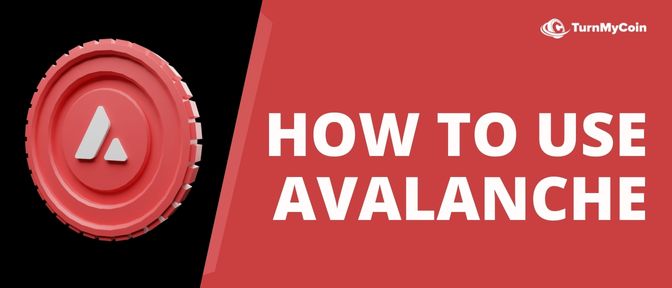
To use the Avalanche network and its DeFi protocols, you will need to buy AVAX crypto on a centralized cryptocurrency exchange like:
- Bybit,
- Binance or
- Kucoin.
Then, you will need to choose “withdraw” on your exchange and move your AVAX tokes to a DeFi wallet like MetaMask.
If you forget to choose C-chain, your funds could be lost forever on the wrong chain.
Because the C-chain runs on the Ethereum Virtual Machine, the user experience is similar to that of Ethereum (EVM).
You can also easily connect crypto from other chains to Avalanche by connecting your DeFi wallet to a bridge protocol like Hop Exchange and following the instructions.
To move tokens from one blockchain or sidechain to another, even if the two chains can work together directly, bridges are used.
8. What will happen to Avalanche in future?
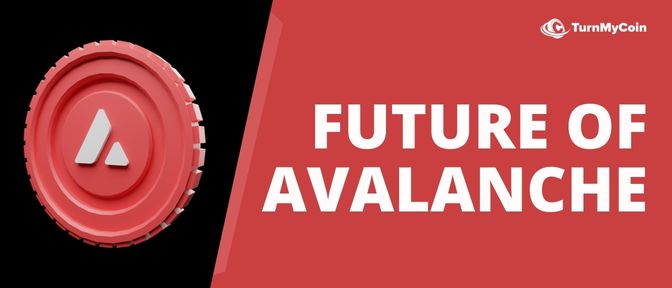
As Avalanche grows quickly, the platform has looked for ways to meet the needs of a growing number of users while keeping its speed and low prices. Subnets could be the solution.
With subnets, each Avalanche project can stay connected to the Avalanche manner through its own chain without using up space on the main net.
By moving traffic around in this way, subnets may help Avalanche avoid problems with transaction speed and gas fees as it grows (problems that have historically plagued Ethereum).
In March 2022, Avalanche announced a $290 million program to help developers add subnets to projects backed by Avalanche.
The Avalanche Multiverse project will incentivize developers to build fully customizable networks for specific applications on the Avalanche blockchain.
In theory, subnets could let entire crypto networks like Bitcoin or Ethereum run on Avalanche while still using their own currencies.
Know Your Customer (KYC) features can also be added to subnets, allowing traditional financial institutions to build on Avalanche.
Several large-scale projects, like DeFi Kingdoms, a play-to-earn game built on the Ethereum sidechain Harmony, have already started using subnets.
Along with subnets, Avalanche has also announced a new wallet for its platform, Core. The wallet will make transactions on Avalanche easier and the platform easier for people who aren’t used to crypto.
John Wu, the president of Ava Labs, wants to try to make Core work with all of the major blockchains, including Bitcoin and Ethereum, which is a difficult task.
Conclusion
Avalanche is a highly sophisticated network that caters to the shortcomings of blockchain with the use of subnets very effectively. It has often been termed as an ‘Ethereum killer’.
With ‘Proof of Uptime’ and ‘Proof of Correctness’ consensus mechanisms, the Avalanche blockchain is fairly secured and fast thereby reducing the gas fees for confirming transactions.
